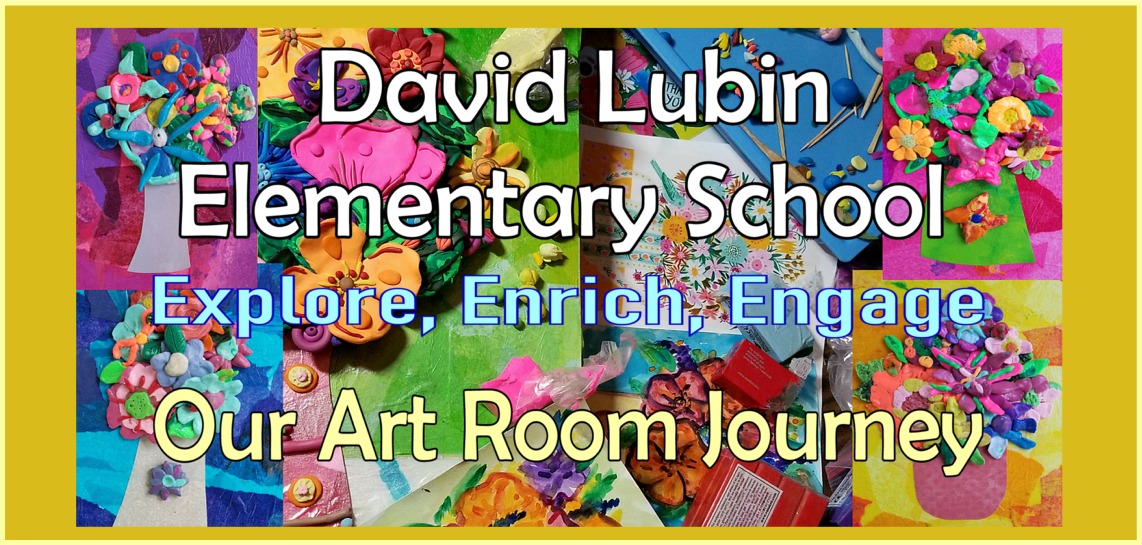 This 4 part project involves direct drawing, cutting, gluing, painting, and print making as well as collage techniques and coloring.
This 4 part project involves direct drawing, cutting, gluing, painting, and print making as well as collage techniques and coloring.
Giraffe-Giraffe connects to the art work of primitive painter Henri Rousseau as well as classroom themes of animals and imagination.
Part II: Blue skies and white clouds (color mixing and values)
Part III: Cut out the head and neck and add pattern/design
Part IV: Putting it all together.
Here is the art blog that I found the base for this lesson thanks, Georgetown Elementary
http://josettebrouwer.edublogs.org/2011/01/15/second-grade-giraffes/comment-page-1/#comment-631


















































